Leading up to Ancestralizing the Present on June 10, the event’s curator (and Dance Centre Artist-in-Residence) Dr. Mique’l Dangeli breaks down four fundamental aspects necessary in generating a more complex understanding of Northwest Coast First Nations Dance:
- The Northwest Coast is one of the most diverse regions of Indigenous people in North America.The cultural and linguistic diversity in this region is extreme, one of the most diverse regions of Indigenous people in what colonialism has deemed North America. Northwest Coast First Nations refers specifically to the Indigenous peoples whose territories are now known as Western Washington, the Coast of British Columbia, and the Southeast Alaskan Panhandle. The diversity in cultural practices, as well as shared or similar beliefs and practices, is not only at the heart of—but also accounts for—the strength of the work of Northwest Coast First Nations dance artists and their dance groups.
- “Dance Groups,” not dance troupes or companies, are central to the expression of identity and Indigenous rights on the Northwest Coast.The term dance group is used in the everyday vernacular of Northwest Coast First Nations people to refer to collectives of singers, drummers, and dancers who perform songs and dances owned by their Nations, families, and communities. Membership of each dance group is self-determined and delineated in a variety of ways. Intergenerationality is central to Indigenous pedagogical practices (ways of teaching) that allow for embodied knowledge to be transferred and maintained by people of all generations.
Ownership of songs and dances performed by dance groups are passed down hereditarily and/or given, what we refer to as ‘gifted’, between individuals, communities, and Nations. Rights to songs and dances, are governed by what First Nations people refer to as protocol—bodies of laws that form Indigenous legal systems. The relationship between protocol and Northwest Coast First Nations dance practices is immensely complex. The main point I wish to make is that for Northwest Coast First Nations people, songs and dances are not only an integral expression of our identities, an embodied archive of our languages, histories, relationships to and ownership of land and waterways, but it is also our legal system. The act of singing a song or performing a dance that does not belong to you, is a claim—through Indigenous legal means—to another’s identity and the territorial rights owned by that hereditary line. This is one of the many reasons why appropriation hurts our communities so deeply. - Northwest Coast First Nations songs, dances, and ceremonies were outlawed in Canada from 1884-1951. For 67 years, it was illegal to be who were truly are.Northwest Coast First Nations dance practices cannot be separated from their criminalization in Canada from 1884 to 1951. I feel that I must share a conversation I commonly have regarding frustration to the response Indigenous groups have toward “Reconciliation” efforts: “Why don’t your people share your practices by teaching others to do them?” A simple answer is: Because it is who we are. We have inherited the right to perform these songs and dances from our ancestors. It’s only been legal for us to do so for the past 65 years. Rather than asking us to teach non-First Nations people, as a part of so-called “Reconciliation,” provide us with the support (space and funding) to strengthen our own practices and recover what we have lost during our cultural genocide.
- They might look like old songs and dance to you, but they are new to us.Northwest Coast First Nations dance artists are composing new songs and choreographing new dances nearly every day. Along the coast, hundreds of new songs and dances are being brought to life (performed for the first time) by First Nations people in ceremony at potlatches and during public events every year. Because we are in our regalia (ceremonial clothing) and singing in our language doesn’t mean that what we are performing is ancient. We are continuing the ways of our ancestors by writing our lived history into songs and dances for future generations to embody.
N’toyaxsism! ~ My gratitude to all of you.
_________________________________________
This blog post has been extracted from a longer article titled Dancing Our Identity:Four Fundamental Aspects Necessary in Generating a More Complex Understanding of Northwest Coast First Nations Dance by Dr. Mique’l Dangeli, which originally appeared in the March/April 2016 edition of Dance Central.


